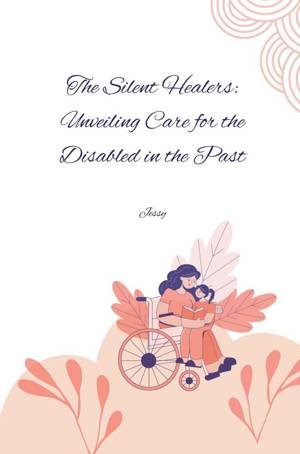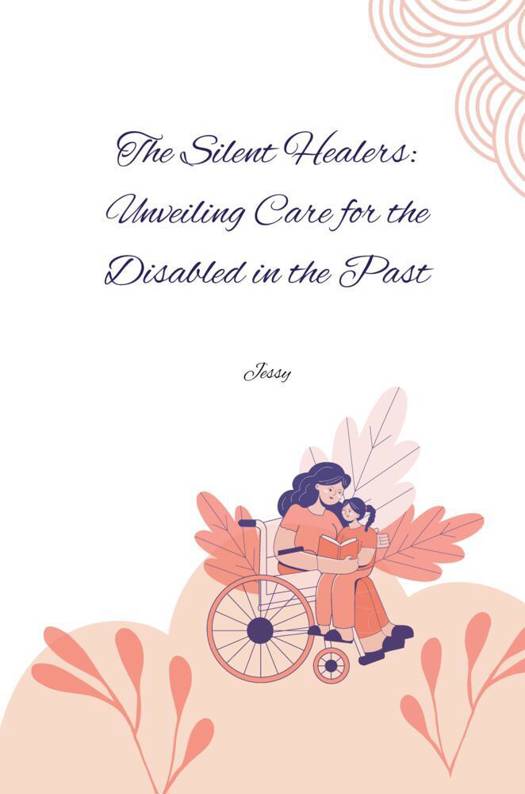
Je cadeautjes zeker op tijd in huis hebben voor de feestdagen? Kom langs in onze winkels en vind het perfecte geschenk!
- Afhalen na 1 uur in een winkel met voorraad
- Gratis thuislevering in België vanaf € 30
- Ruim aanbod met 7 miljoen producten
Je cadeautjes zeker op tijd in huis hebben voor de feestdagen? Kom langs in onze winkels en vind het perfecte geschenk!
- Afhalen na 1 uur in een winkel met voorraad
- Gratis thuislevering in België vanaf € 30
- Ruim aanbod met 7 miljoen producten
Zoeken
€ 29,45
+ 58 punten
Omschrijving
For millennia, archaeology has painted a largely homogenous picture of the past. While skeletal remains and artifacts offer invaluable insights into ancient societies, they often overlook a crucial segment of the population - disabled and/or impaired individuals. Historically relegated to the fringes of historical narratives, these individuals have been categorized as "liminal" figures (Doat, 2017), existing on the margins and receiving scant attention (Metzler, 2013). When disability is acknowledged in the archaeological record, it's often framed through a lens of pity, focusing on suffering and despair (Metzler, 2013). This narrow perspective leads to a skewed understanding of past societies, omitting the rich tapestry of experiences woven by those navigating disability. This exclusion has significant consequences. By neglecting disabled individuals, we create an incomplete picture of the past. Archaeology, with its focus on past lifeways, has the potential to reveal a more nuanced understanding of how societies cared for their members. This necessitates a shift in perspective, moving beyond the traditional focus on pathology and impairment towards a recognition of the complex social dynamics surrounding disability.
Specificaties
Betrokkenen
- Auteur(s):
- Uitgeverij:
Inhoud
- Aantal bladzijden:
- 172
- Taal:
- Engels
Eigenschappen
- Productcode (EAN):
- 9783384257840
- Verschijningsdatum:
- 11/06/2024
- Uitvoering:
- Paperback
- Formaat:
- Trade paperback (VS)
- Afmetingen:
- 152 mm x 229 mm
- Gewicht:
- 258 g

Alleen bij Standaard Boekhandel
+ 58 punten op je klantenkaart van Standaard Boekhandel
Beoordelingen
We publiceren alleen reviews die voldoen aan de voorwaarden voor reviews. Bekijk onze voorwaarden voor reviews.









